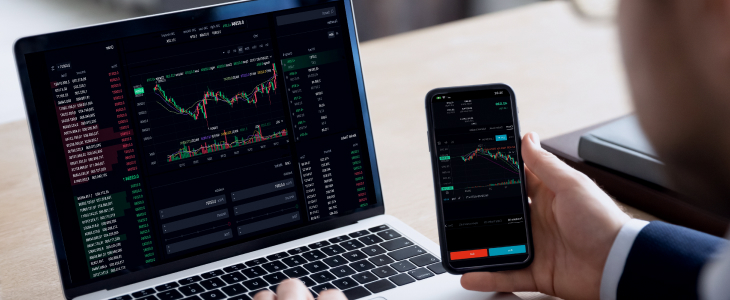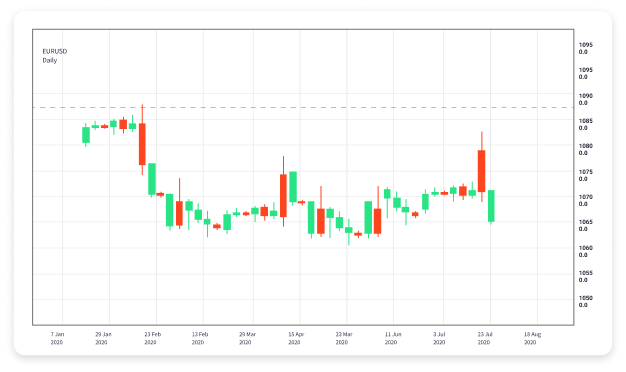
In the ever-evolving landscape of financial markets, automated forex trading Turkey Brokers have introduced innovative tools and strategies that cater to traders’ needs. At the forefront of these innovations is automated forex trading, a method that allows traders to capitalize on market opportunities more efficiently and effectively than ever before. Using algorithms and strategies pre-programmed into trading systems, traders are able to execute trades without manual intervention. This article will delve into the intricacies of automated forex trading, including its advantages, potential pitfalls, and how to get started.
What is Automated Forex Trading?
Automated forex trading refers to the use of computer algorithms to enter and exit trades on behalf of the trader. These algorithms are designed based on specific criteria and can analyze data much faster than a human trader. The automation can involve anything from simple trading rules to complex strategies involving multiple indicators and data points.
How Does It Work?
The core of automated trading lies in trading systems and strategies pre-defined by the trader or a quant specialist. These systems can be developed in various programming languages, including Python, C++, and MQL (MetaQuotes Language). When specific market conditions are met—like price levels, trends, or volatility—the trading system executes trades automatically without needing the trader to be actively involved.
Key Components of Automated Trading Systems
- Algorithm: The mathematical model that decides when to buy or sell.
- Backtesting: The process of testing the trading strategy against historical data to evaluate its effectiveness.
- Execution: How the system places trades in real-time, often directly with a broker.
- Risk Management: Automated systems often incorporate risk management features, such as stop-loss orders or position sizing.
Benefits of Automated Forex Trading
There are several compelling reasons why traders are gravitating toward automated forex trading:
1. Speed and Efficiency
Automated trading systems can process vast amounts of data and execute trades in fractions of a second. This speed ensures that traders can take advantage of fleeting opportunities in the market before they disappear.
2. Emotion-free Trading
One of the biggest challenges in manual trading is managing emotions such as fear and greed. Automated systems remove the influence of emotions, allowing trades to be executed based solely on pre-defined rules.

3. Backtesting and Optimization
Traders can test their systems over historical data to optimize them for better performance. This capability provides insights into how the system might perform under various market conditions.
4. Diversification
With automated trading, traders can simultaneously monitor multiple assets, managing a diversified portfolio more effectively than if they were trading manually. This capability can lead to better risk management and higher returns.
Challenges of Automated Forex Trading
Despite its advantages, automated forex trading also presents challenges that traders need to consider:
1. Technical Failures
As with any technology, automated trading systems are susceptible to technical issues, such as connectivity problems or system crashes. A failure at a critical moment can result in significant losses.
2. Over-Reliance on Algorithms
While algorithms can identify market patterns, they may miss out on unforeseen events or news that could impact the market. Traders must remain informed and ready to intervene if necessary.
3. Complexity in Design
Creating an effective automated trading system requires a good understanding of both programming and trading strategies. Without proper knowledge, traders may face challenges in their system’s design and execution.
Getting Started with Automated Forex Trading
If you’re interested in exploring automated forex trading, here are some steps to guide you:

1. Educate Yourself
Understanding forex trading fundamentals is crucial. Familiarize yourself with terms, market dynamics, and trading strategies before jumping into automation.
2. Choose a Trading Platform
Select a trading platform that supports automated trading. Many brokers offer proprietary systems, while others allow for external algorithm integration.
3. Develop Your Trading Strategy
Before you start automating your trades, develop a clear and testable trading strategy. Decide on the indicators, timeframes, and risk management techniques you will use.
4. Backtest Your Strategy
Backtesting is an essential step to evaluate how your trading strategy would have performed historically. Use a demo account to refine and tweak your algorithms before trading with real money.
5. Start with Caution
Once you feel confident in your strategy and system, begin trading with small amounts of capital. Monitor the performance closely and make adjustments as necessary.
The Future of Automated Forex Trading
As technology continues to improve, the future of automated forex trading looks promising. Developments in artificial intelligence, machine learning, and big data analytics will likely transform trading strategies. Traders who adapt to these changes and embrace automation will have the opportunity to enhance their trading performance significantly.
Conclusion
Automated forex trading offers a revolutionary approach to engaging with the currency markets. With its potential for speed, efficiency, and emotion-free decision-making, traders can harness the power of technology to optimize their trading efforts. However, understanding the associated risks and challenges is crucial. With diligent research, education, and a well-thought-out strategy, traders can successfully implement automated trading systems and navigate the evolving landscape of forex trading.
